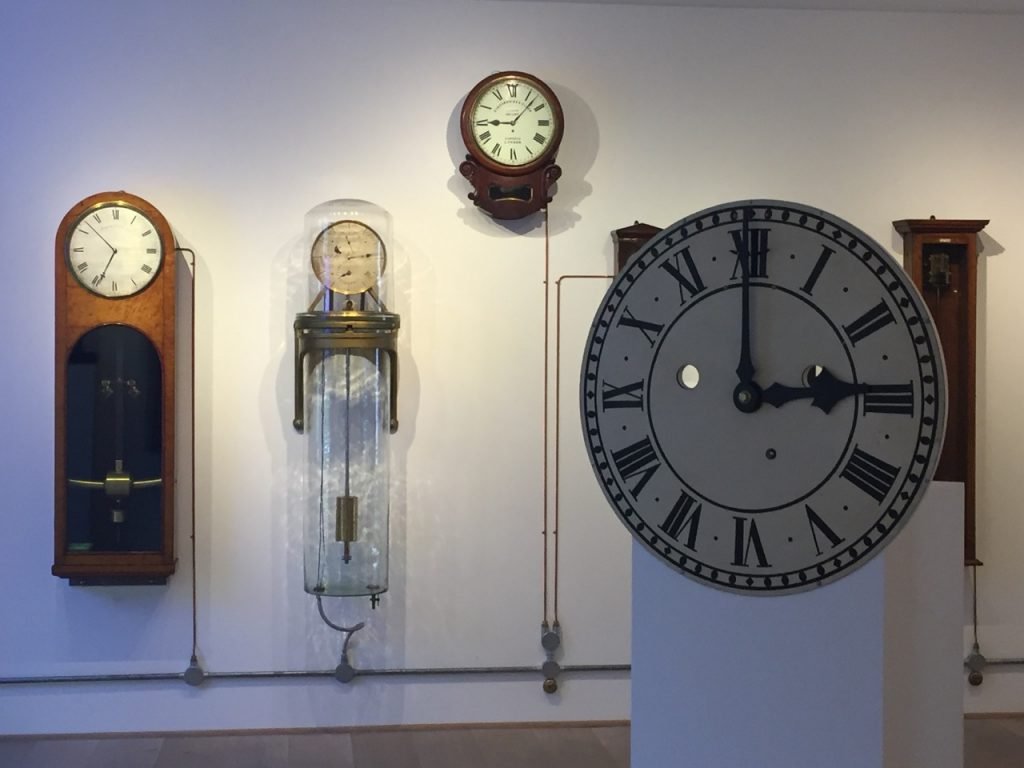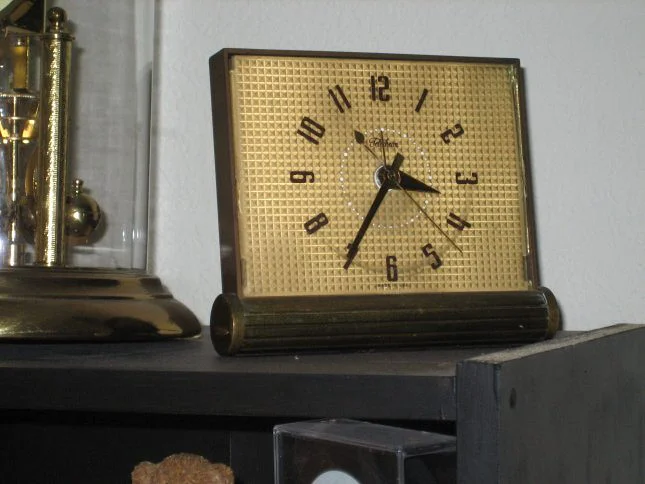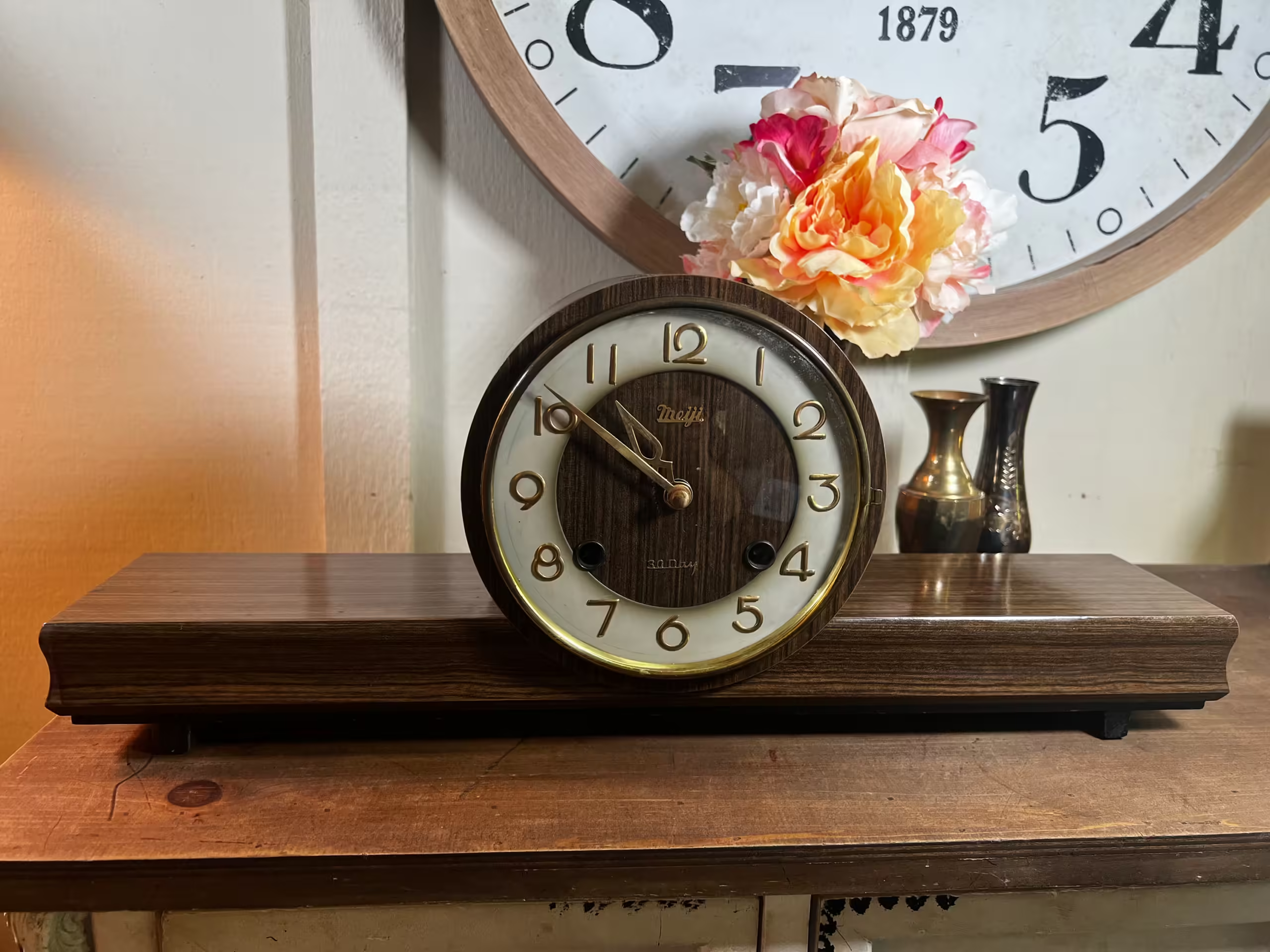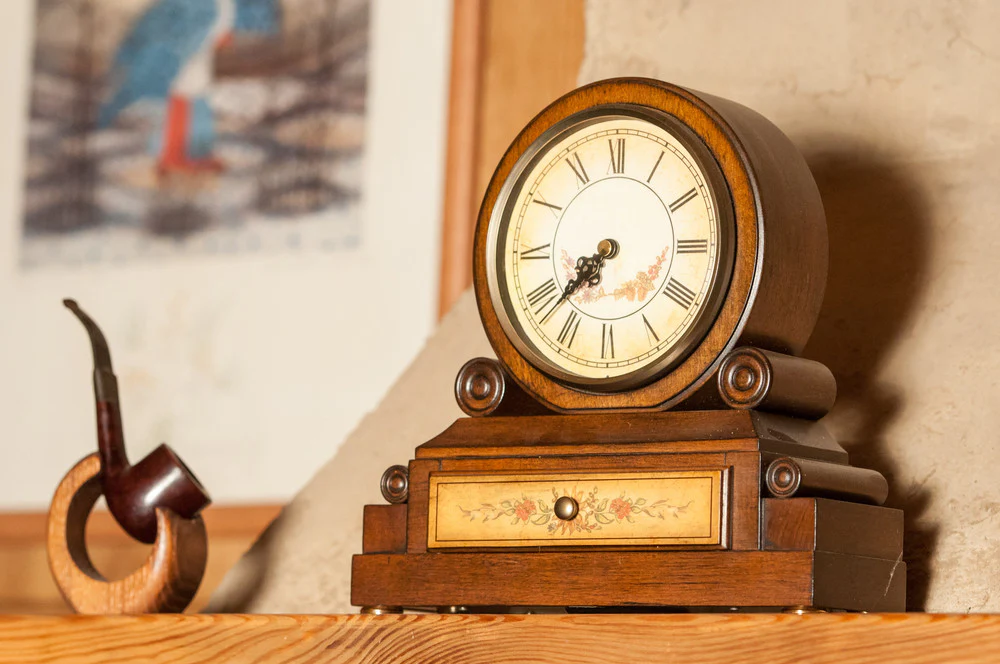Antique Japanese clocks are prized for their intricate craftsmanship and historical significance. However, these timepieces can suffer from wear and tear over time. Proper repair and maintenance are essential to preserve their beauty and functionality. This guide outlines the best practices for repairing antique Japanese clocks, ensuring their longevity and accuracy.
Understanding the Clock’s Mechanism
Identify the Type of Clock
Mechanical or Quartz: Most antique Japanese clocks are mechanical, relying on gears and springs for operation. Some later models may use quartz movements. Before beginning any repairs, identify the clock’s mechanism to determine the appropriate approach.
Historical Period: Understand the clock’s historical context. Japanese clocks from different eras may have unique mechanisms and components. Familiarity with the clock’s period helps guide the repair process and ensures authenticity.
Assess the Condition
Full Inspection: Conduct a thorough inspection of the clock to assess its overall condition. Check the movement, case, hands, and dial for signs of wear, damage, or corrosion. Identifying all issues early prevents further damage during the repair process.
Movement Functionality: Examine the gears, springs, and escapement for any visible defects. If the clock is not running, assess whether the problem lies in the movement or another part of the clock, such as a broken hand or damaged case.
Cleaning the Movement
Proper Disassembly
Careful Handling: Antique clocks require careful handling when disassembling the movement. Work in a well-lit area with appropriate tools. Label each component during disassembly to ensure proper reassembly later.
Remove Dust and Dirt: Dust and dirt can accumulate in the gears and springs, causing the clock to run inaccurately or stop. Gently remove debris using a soft brush or compressed air.
Lubrication
Use Clock-Specific Oils: Lubrication is essential for maintaining smooth movement. Use clock-specific oils sparingly on the gears and pivots. Avoid over-lubricating, as this can attract dust and cause further damage.
Avoid Household Oils: Never use household oils like WD-40, as they can damage the delicate components of the clock’s mechanism. Only use lubricants specifically designed for antique clocks.
Replacing Worn Parts
Authenticity Matters
Source Original Parts: When replacing worn or broken parts, always seek original or period-appropriate components. Using non-original parts can diminish the value and authenticity of the clock.
Consult Experts: If sourcing original parts is difficult, consult with clock repair experts who specialize in antique Japanese clocks. They may have access to rare parts or can recommend appropriate substitutes.
Common Part Replacements
Mainspring Replacement: The mainspring often loses tension over time, affecting the clock’s accuracy. Replacing the mainspring with a high-quality, period-appropriate one ensures that the clock maintains its timekeeping precision.
Escapement Repair: The escapement controls the clock’s ticking rhythm. If it becomes worn or damaged, the clock may stop or run unevenly. Repairing or replacing the escapement is a delicate process best handled by experienced clock repair professionals.
Case Restoration
Preserve Original Finishes
Gentle Cleaning: Antique Japanese clocks often feature intricate wooden or metal cases. Clean the case with a mild solution of soap and water, avoiding harsh chemicals that can damage the finish. Use a soft cloth to gently wipe down the surface.
Refinishing Considerations: If the clock’s case requires refinishing, proceed with caution. Over-restoring or using modern finishes can reduce the clock’s historical value. Where possible, preserve the original finish and only touch up areas that are severely damaged.
Repairing Structural Damage
Wooden Case Repair: If the clock’s wooden case has cracks or chips, use wood filler to repair minor damage. Sand the area smoothly and apply a matching finish to maintain the clock’s original appearance.
Metal Case Repair: For metal cases, remove any rust or corrosion using appropriate cleaning agents. Be gentle when polishing to avoid removing too much of the original patina.
Testing and Calibration
Reassemble the Clock
Precise Reassembly: After cleaning, lubricating, and replacing any necessary parts, carefully reassemble the clock. Ensure that all gears and components fit together smoothly and that no parts are missing or out of place.
Hands and Dial: Reattach the hands and ensure they are properly aligned. The dial should be free of any damage or discoloration that could affect the clock’s readability.
Calibration and Testing
Test for Accuracy: Once the clock is reassembled, test its timekeeping accuracy. Set the clock and observe it over 24 hours to ensure it runs smoothly and keeps time accurately.
Fine-Tuning: If the clock is running too fast or slow, fine-tune the movement by adjusting the pendulum or regulating screws. Repeat the testing process until the clock maintains accurate time.
Best Practices for Future Maintenance
Regular Cleaning and Lubrication
Routine Maintenance: Antique Japanese clocks should be cleaned and lubricated every few years to maintain optimal performance. Regular maintenance prevents the buildup of dirt and dust, which can wear down the clock’s components over time.
Avoid Direct Sunlight and Moisture
Proper Display: Antique clocks should be displayed in areas where they are not exposed to direct sunlight, as UV rays can fade their finishes. Avoid placing the clock in areas with high humidity or moisture, which can cause rust and damage.
Consult a Professional
Professional Servicing: If the clock requires extensive repairs or restoration, consult a professional who specializes in antique Japanese clocks. Attempting complex repairs without the proper knowledge can lead to further damage.

Conclusion
Repairing antique Japanese clocks requires attention to detail, careful handling, and an understanding of their unique mechanisms. By following these best practices, collectors can ensure that their clocks remain functional and beautiful for generations to come. Regular maintenance and professional servicing are key to preserving the historical and cultural significance of these timepieces.




